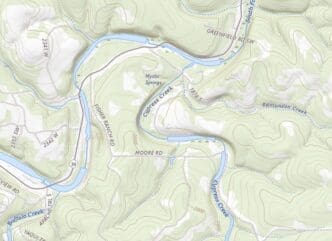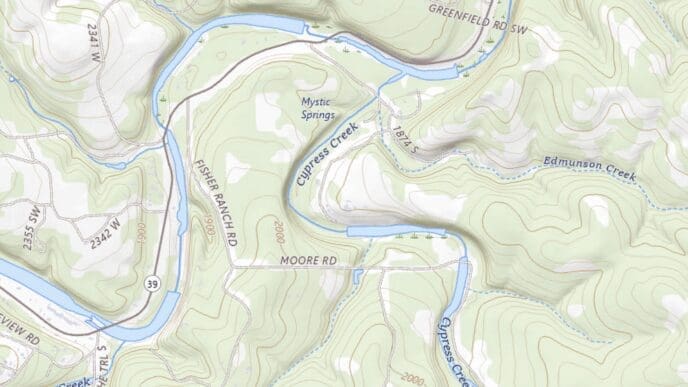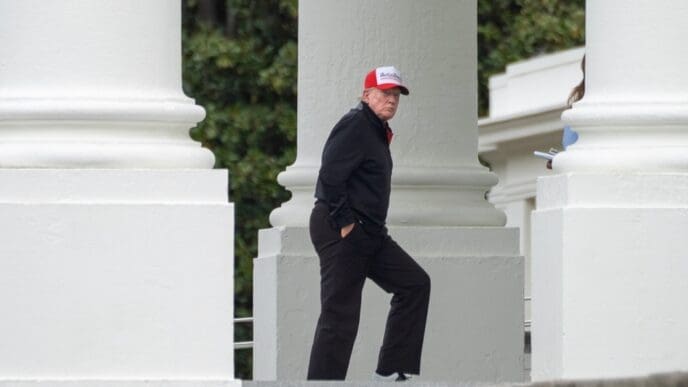The Trump administration has announced plans to eliminate certain habitat protections for endangered and threatened species, a decision that has raised significant concerns among environmentalists. They warn that this move could accelerate the extinction of critically endangered species due to increased logging, mining, and development activities. The controversy centers around the definition of “harm” within the Endangered Species Act, which traditionally includes changes or destruction of habitats where these species reside.
The U.S. Fish and Wildlife Service and the National Marine Fisheries Service have issued a proposed rule suggesting that habitat modification should not be classified as harm, arguing it is distinct from directly targeting a species, known as “take.” However, environmental advocates maintain that the definition of “take” has historically encompassed actions harming species, a definition supported by the Supreme Court.
The proposed rule, expected to be published in the Federal Register, is set to initiate a 30-day public comment period. Environmental groups have indicated they will challenge the rule if implemented, asserting it undermines decades of conservation efforts for species such as bald eagles, gray wolves, and Florida manatees.
Critics argue that redefining harm to exclude habitat destruction could remove critical protections for species like spotted owls and Florida panthers. This change may allow logging and development activities to proceed unchecked, provided they lack intent to harm endangered species. The debate highlights the struggle over conservation policies upheld by past legal precedents, including those from the Supreme Court.
The matter is particularly pressing in Hawaii, home to a significant percentage of the nation’s endangered species. Despite its small land area, Hawaii accounts for 40% of federally listed threatened and endangered species, many of which face dire risks from habitat loss.
Impact on Daily Life
The proposed changes to the Endangered Species Act could have far-reaching implications for environmental conservation efforts, potentially affecting biodiversity and ecosystem stability. Regions heavily dependent on tourism and natural resources, such as Hawaii, might experience shifts in their environmental landscapes, which could impact local economies reliant on wildlife and nature-based activities.
The rule change could also influence community involvement and public engagement in conservation initiatives. As habitat protection measures are altered, there may be increased pressure on local governments and organizations to compensate for the loss of federal safeguards. This situation could lead to greater reliance on community-led efforts to preserve local ecosystems and protect endangered species.
Moreover, this policy shift may raise awareness and drive public discourse on balancing economic development with environmental conservation, prompting citizens to advocate for sustainable practices that support both economic growth and ecological preservation.












